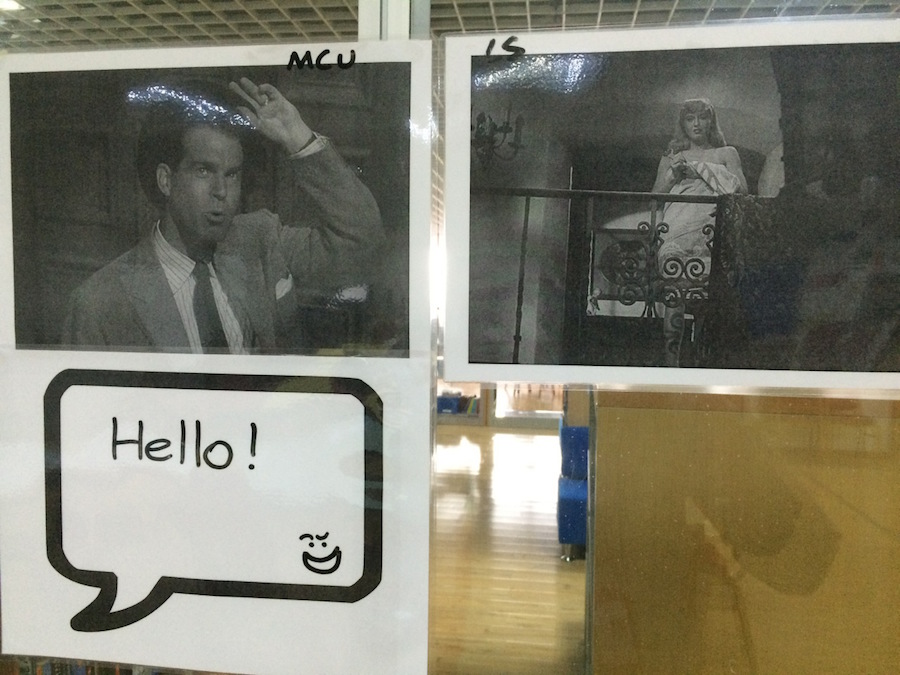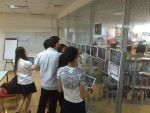
DP Film: Continuity Editing
Last week my students in the IB Diploma Programme Film class were looking at continuity editing. This is the set of techniques for ensuring that a series of shots link together and clearly convey the spatial and temporal sense of a scene: that is to say that, even when all the shots of a scene are filmed separately, continuity editing is the process of planning and then piecing together the shots so the scene appears to unfold in real time.
To help students understand this idea, I gave them a series of still images from the film Double Indemnity (1944), showing one image per shot for a scene of about 3 minutes. The images were shuffled and distributed amongst the students who, without seeing the film, then had to work out the correct order of the sequence, scanning the frames for clues. This taught them about principles of editing and storytelling, but also required collaboration and discussion across the whole group in order to complete the task within the allotted time. Perhaps the most fun was adding speech bubbles to try and guess what characters were saying in the scene.
The aim of exercises like this is to build up students’ abilities in film analysis not only by analysing what happens in films and what film look like, but by encouraging students to think about how films are built from smaller pieces of imagery and narrative. Letting them do the detective work of reconstructing a scene turns from viewers into participants from spectators into inquirers. It will also help them in the later parts of the course when they come to make their own films and need to construct their own stories from the ground up.













